25+ Sample Standard (1-Year) Lease
-
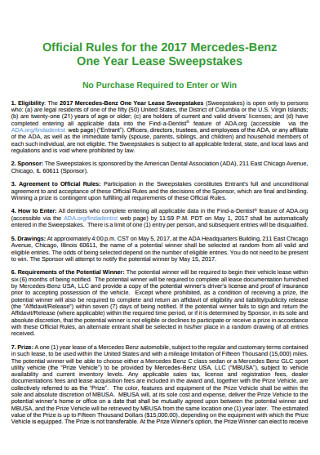
Sample One Year Lease
-
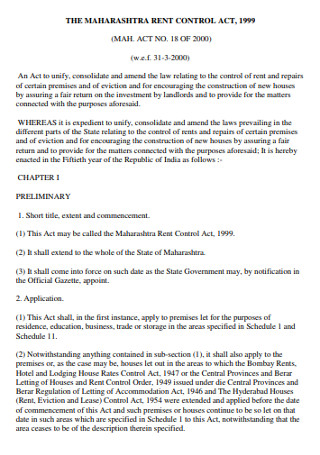
Sample Yearly Rent Lease
-
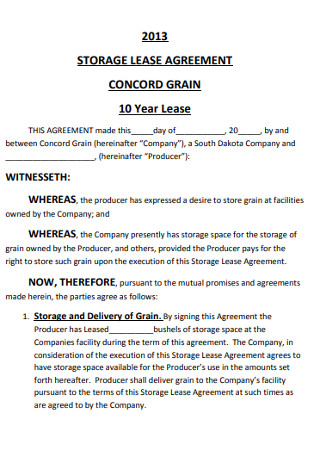
10 Year Storage Lease Agreement
-
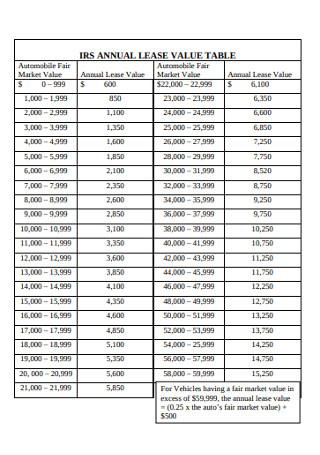
Annual Lease Value Table
-
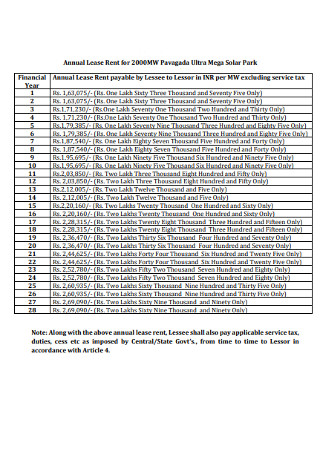
Annual Mega Solor Park Rent Lease
-
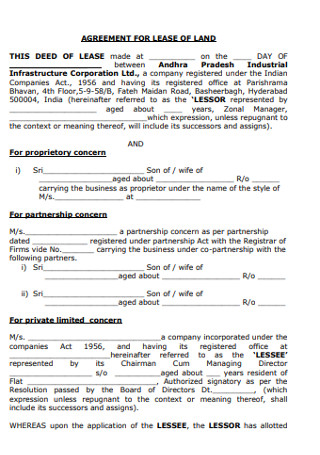
Yearly Agreement for Lease of Lands
-
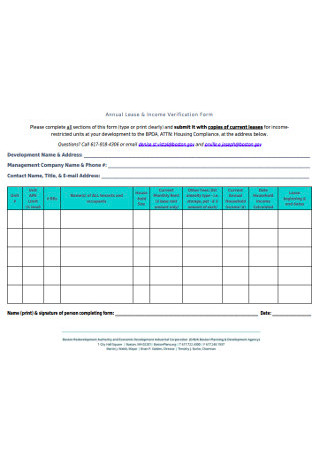
Annual Lease & Income Verification Forms
-
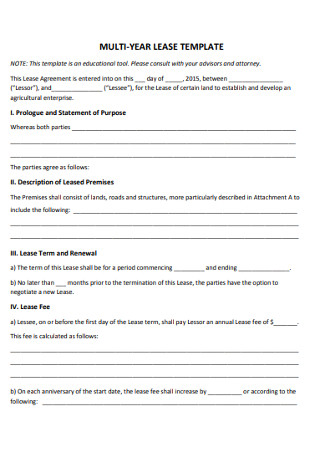
Multi Year Lease Template
-
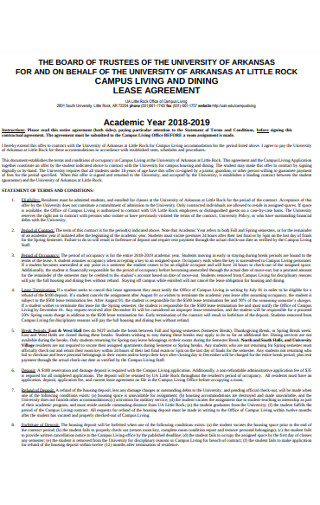
Academic Year Lease Agreement
-
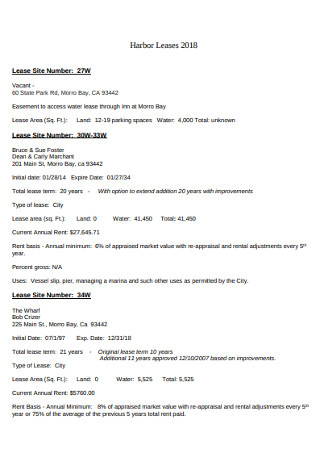
Simple Year Lease
-
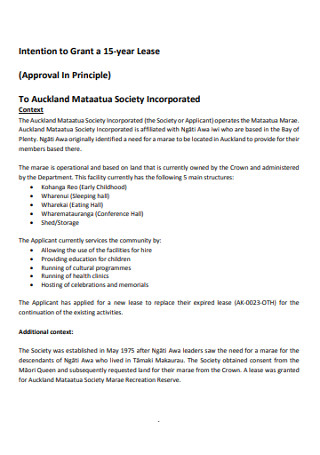
15-year Grant Lease
-
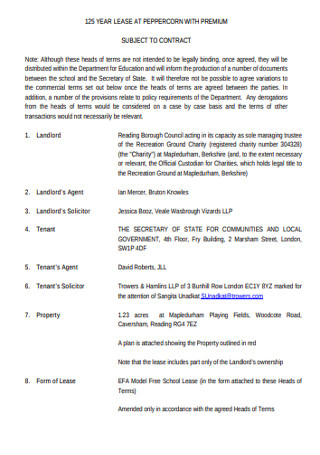
Yearly Contract Lease
-
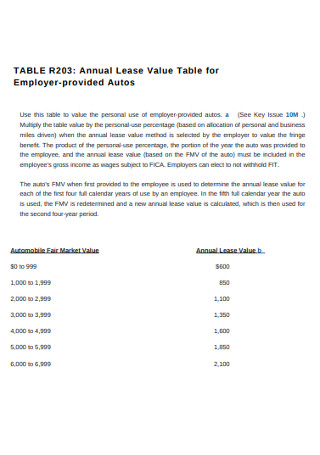
Annual Lease Value Table for Employer
-
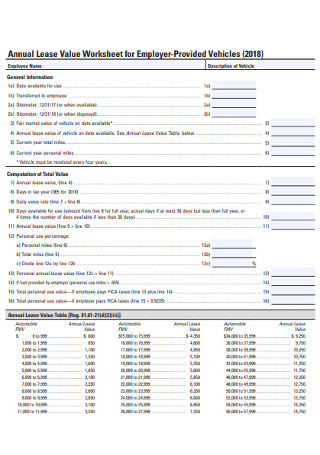
Annual Lease Value Worksheet for Employer
-
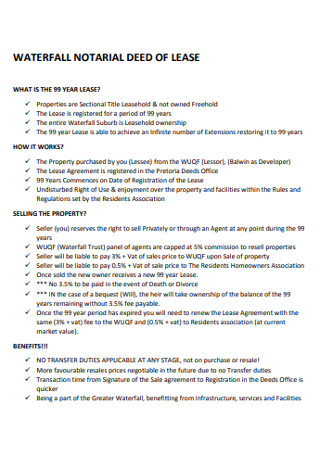
Yearly Waterfall Notarial of Lease
-
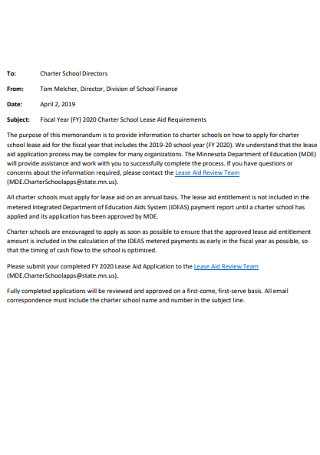
Sample Yearly School Lease
-
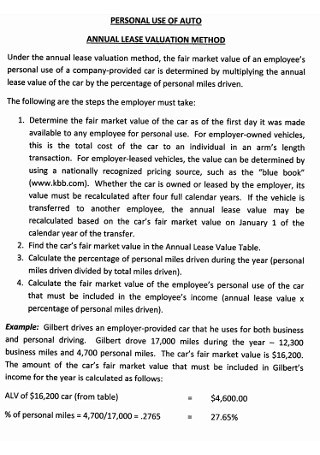
Personal Annual Lease Valuation Methods
-
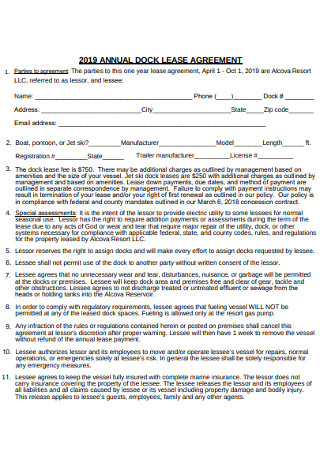
Annual Dock Lease Agreement
-
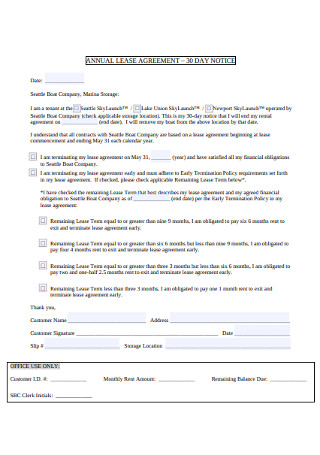
Annual 30 Day Lease Notice Agreement
-
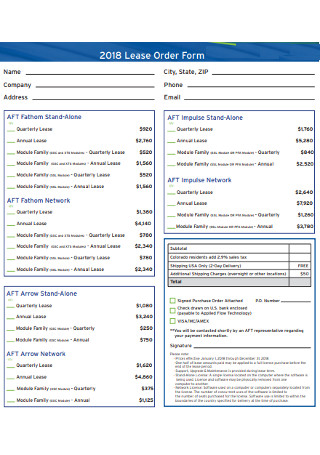
Annual Lease Order Form
-
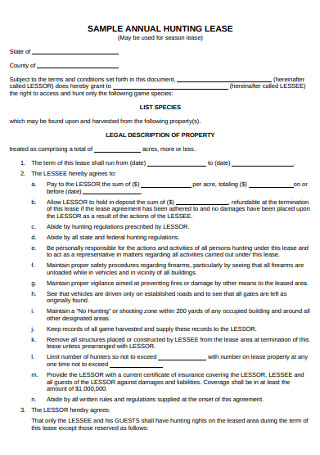
Sample Annual hunting Lease
-
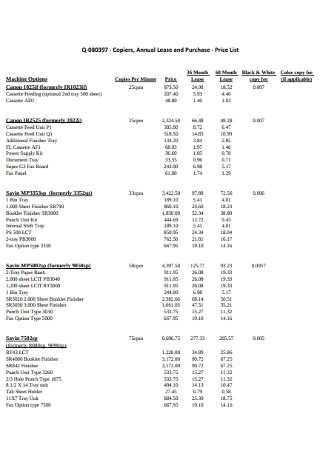
Annual Lease and Purchase Price List
-
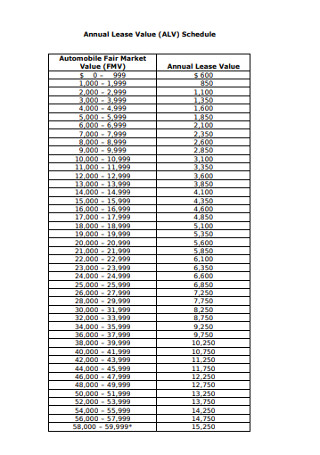
Annual Lease Value Schedule
-
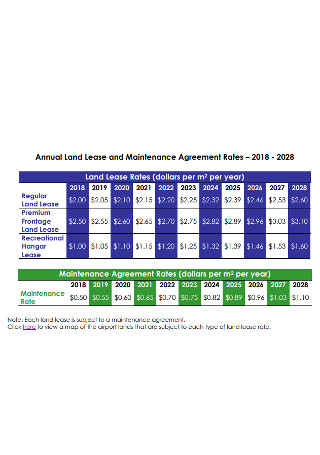
Annual Land Lease Agreement
-

Annual Lease Information Sheet
-
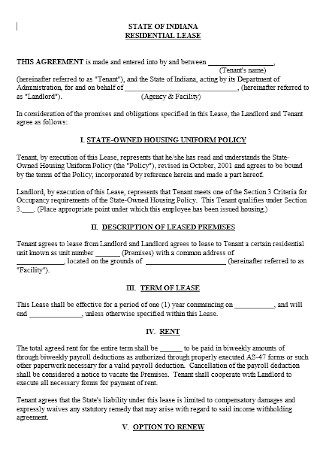
Residential Lease House Template
download now
FREE Standard One Year Lease s to Download
25+ Sample Standard (1-Year) Lease
What Is a Standard (1-Year) Lease?
The Types of Lease Agreements
How to Write a Standard Lease
The Dos and Don’ts of a Standard Lease
What Is a Standard (1-Year) Lease?
A standard lease is a document that serves to outline all the terms and conditions under which a certain party agrees to the act of renting the property from a different party. It is a legally binding document and not only ensures the rights of the landlord but that of the tenants as well. Several important details are required in order to make a standard lease enforceable by law. Among them would be the names of the parties involved, the location and description of the property being rented, occupancy terms and limits, and many more.

According to Statista, the rent per square foot to income ratio of several markets within the United States vary greatly. In the year 2017, the city of Tampa, Florida proved to be among the most expensive rental markets in the nation with a percentage of 32.4%. That is much higher compared to the affordable rental market of Chicago, which boasted only a 19.5% ratio for the same year. Atlanta, Georgia found itself in the middle range of the selected markets chosen for the statistical study with a rent per square foot to income ratio of 28.4%. That is just a single picture of what it means to rent property in the United States and why it is important to get the creation of standard lease agreements right.
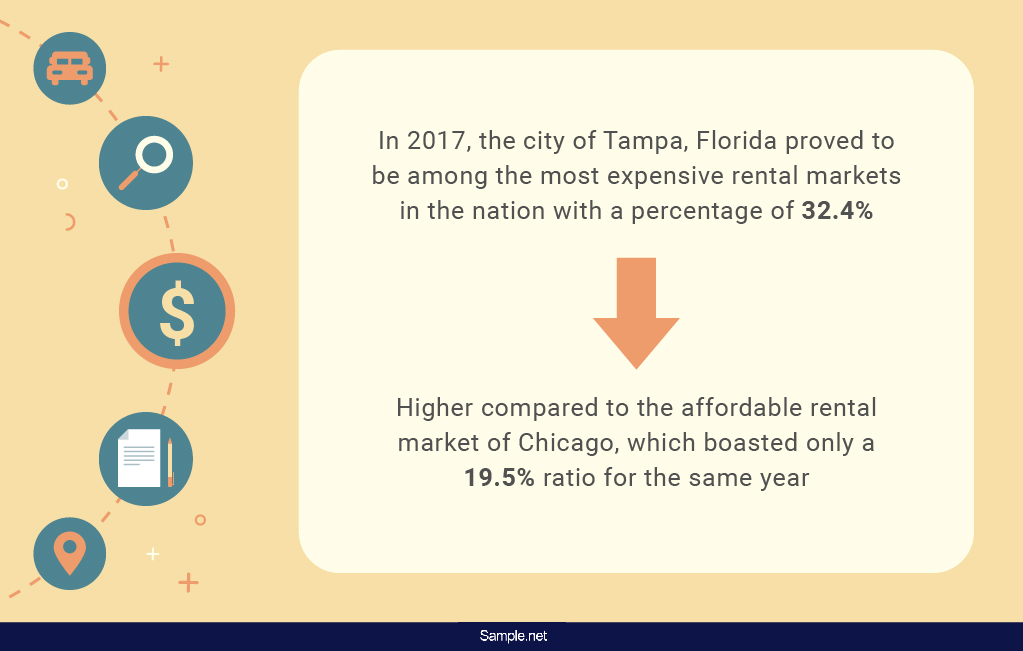
The Types of Lease Agreements
When it comes to variations, lease agreements come in at least four different types. Below is a list that details each variant according to the responsibilities due to the landlord and the tenant, any expenses paid by either one and how cheap or expensive the actual rent rate can be.
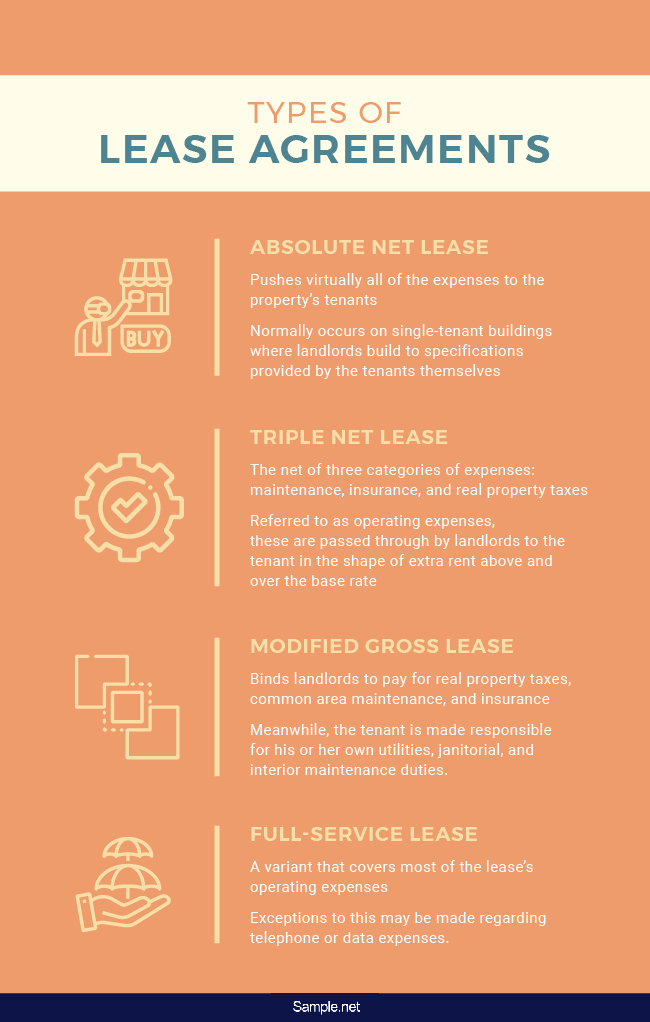
How to Write a Standard Lease
Once you have sorted through all of the rental application letters and found the right tenants to rent your property out to, now the creation of a standard lease can begin. The drafting process does not need to be an overly convoluted mess as long as you are aware of the necessary steps to be taken. Below are the general instructions intended to make the process easier and faster for anybody to do.
Step 1: Search for Templates
The first step is crucial for those who do not want to start from scratch. Many online resources are available to those who need some kind of guideline for the particular lease agreement they are after. Download the template of your choice and use it to gain information about the overall format of the document.
Step 2: Begin With a Title
Even with a template at your disposal, you still need to come up with a document title. It is preferable to have a simple title although you are also free to be as specific as you want. Oftentimes, drafters simply title the document as ‘lease’ or ‘lease agreement.’ Whatever placeholder title the template you downloaded has must be edited to suit your specific needs.
Step 3: Draft the Section Headings
The next step is to organize the lease under more specific headings. Its purpose is relatively simple: to ensure that the information contained by the lease is easier to digest by both the landlord and the tenant. With headings, it isn’t even necessary to read the entire lease anymore. Be sure to include terms like ‘property,’ ‘rent,’ ‘term,’ and ‘deposit’ on the headings. Utilize bold to make each heading much easier for the readers to see.
Step 4: Outline the Planned Provisions
It is wise to take some time to compose a list of any issues that you plan on addressing through the lease. By doing so, you easily organize those issues under the various section headings, especially for those who decided to forego step one and start from scratch instead of downloading a template. In the event that your section headings are not sufficient, then simply add brand new ones so that you can cover all of the necessary provisions. Those using templates can just read over it and compare the pre-existing content to your created list before making the necessary edits.
Step 5: Include Space for Signatures
Take note that for the lease you are drafting to be legally binding, it needs to be signed by both the tenant and the landlord. Extra witnesses are not necessarily needed and the signing does not have to take place in front of a notary, although it can be done if you want to avail of added security.
Step 6: Check for Local Tenant or Land Law
Compliance with the local land or tenant laws is necessary for your lease agreement to be binding and enforceable. Besides that, it is also required to look into national laws. Remember that provisions that violate the local law are unenforceable in court. Should important provisions like the rent amount be unenforceable, then you can expect the entire lease to be considered illegal. In paying attention to the laws, you can ensure little to no trouble at all concerning the legality of the document.
Step 7: Proofread and Review for Errors
As a legal document, a lease agreement must be beyond any careless errors or inaccuracies. Therefore it is imperative that you time the time to proofread the drafted lease. Be on the lookout not just for any spelling errors or for typos but also for general misinformation or inaccurate statements that can alter whatever original intentions you may have regarding the lease. By being careful and detail-oriented now, you prevent any potential trouble before it even begins.
The Dos and Don’ts of a Standard Lease
Even with the general set of instructions provided above, there are always going to be other ways to improve upon your document. The following dos and don’ts are guaranteed to help you cut corners and raise the quality of your standard lease agreement to heights that you did not know were possible.
Dos
1. Do be specific about the property to be covered.
Property is defined as a tangible thing of value and as such, its total area must be specified to ensure that there is no misunderstanding between the landlord and the tenants. When writing your standard lease, you need to state where your property begins and where it ends, along with various other related and relevant details that you will need to include.
2. Do be specific about the time period to be covered.
A standard lease is good for a single year and this is one of the more important details that you need to keep in mind when drafting the document. Be sure to state it as clearly and specifically as possible. This means including the exact date when the deal is going to take effect and when the deal is set to expire.
3. Do describe any consequences of late rental payment.
It should go without saying that as a landlord, you are entitled to the dictated rent payable to you by your tenants. There must be an agreed-upon date for the monthly rent and any consequences of late payment need to be addressed as directly as possible. In doing so, your tenants will be made aware of what awaits them should they fail to uphold their financial responsibilities to you and to the property in general. However, it is still recommended that you review the stated consequences after including them to make absolutely certain that they are not illegal and can be enforced by law.
4. Do include the provisions of both renewal and termination.
Although a standard lease is guaranteed to come with several common features and contents, there will be specifics tied to the agreements made between a particular landlord and his or her tenants. Part of making sure the deal between all parties involved goes as smooth as possible would be to include provisions of not only the renewal of the lease but also potential termination. As a property owner, one can never be too careful when renting the property out to just any tenant. Anything crucial to you must be placed in writing for your own legal safety as well as that of your property. Otherwise, you may end up having to deal with drafting eviction notice forms as an alternative.
5. Do have an attorney review your legal draft.
Quite possibly the very best thing that you can do for your draft is to consult an experienced attorney and have him or her review the document after you are finished with the initial edits. In fact, it is even better for you to work with one from the get-go. By having a professional by your side, you can save yourself from any time-consuming trouble that will stem from any trial and error efforts. You can immediately streamline your actions and produce a quality lease from the start, but if that isn’t possible then having an attorney review your work once it is done is the next best thing. The same goes when creating other rental-related documents, such as approval letters for a rental application. Never take for granted just how useful knowledge of the law can be.
Don’ts
1. Do not neglect to list the parties involved.
This basic tip will serve as your reminder that being detail-oriented will definitely serve your lease-drafting efforts well. Among the most significant parts of a standard lease is the specification of the involved parties. State the name of the landlord and the tenants. Do not leave out any names so that you can prevent any technical mishaps.
2. Do not neglect to specify the rent amount.
Another basic tip is to make sure that you include the total amount of rent that the tenants need to pay on a regular basis. By doing so, you are not only reminding the tenants themselves but you also make the amount legally enforceable. Writing the exact amount will help ensure that regardless of any financial disputes in the future between the landlord and the tenant, both parties can rely on this document specifying just how much rent is due monthly.
3. Do not neglect to specify the initial deposit amount.
Relating to the previous tip, this one serves as another reminder to specify a particular amount of money into the standard lease agreement. This time, it will be the initial deposit amount that is being highlighted. An initial deposit is going to be collected from tenants before the property is to be rented out for the purpose of securing their continued cooperation. Its omission from the agreement will have legal repercussions, such as rendering the agreement null and void. Therefore, this is another detail that you cannot afford to neglect.
4. Do not neglect to cite the landlord’s rights and responsibilities.
Each party heading into this agreement is expected to have their fair share of responsibilities that must be upheld in order to make everything work the way it is meant to work. For the purpose of enforcing these responsibilities, they must be written into the agreement. All the rights and responsibilities of the landlord must be put into writing not just for the purpose of reminding but also to bind the landlord to each one.
5. Do not neglect to outline the tenants’ rights and responsibilities.
As stated in the entry above, both parties will be given certain rights and responsibilities within the context of the agreement they are about to enter in. A landlord is going to have his or her own rights and responsibilities, and that goes double for the tenant. What these specific responsibilities are will depend on what has been agreed upon by both parties prior to the drafting of the agreement. Regardless of the specifics, each one must be written into the document so that it can all be legally binding and enforceable.
So there you have it. Even a standard (1-year) lease agreement that has a lot going for it is going to need someone who is both knowledgeable and dedicated to handling its extensive creation process. With that said, there will always be those who are not interested in starting from scratch or the very beginning. Resources are always available to those with the resourcefulness to seek them out, so those who are searching for high-quality lease agreement templates online are guaranteed to find what they are looking for. Before printing them out, know that you must first make the necessary edits to the document so that it can better suit you and your specific needs.
